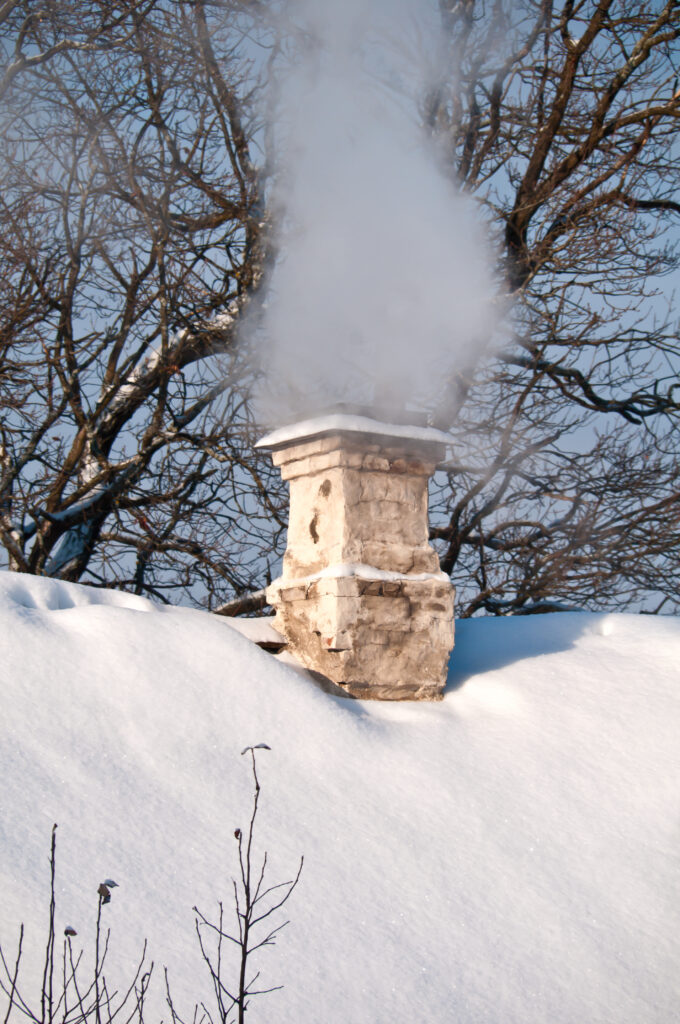The Hidden Science Behind Chimney Cleaning: A Unique Perspective
When people think of chimney cleaning, they often picture a soot-covered sweep, much like in old movies. However, modern chimney maintenance is a fascinating blend of physics, chemistry, and safety engineering. One particularly unique fact about chimney cleaning is that creosote, the main culprit behind chimney fires, has three distinct stages of buildup, each requiring different removal techniques. Understanding these stages and their impact on chimney health can help homeowners prevent dangerous fires and improve heating efficiency.
Table of Contents
The Three Stages of Creosote Buildup
Creosote is a byproduct of burning wood, and it forms when smoke, vaporized oils, and unburned particles cool and condense inside the chimney. While it might seem like a harmless byproduct, creosote is highly combustible and is responsible for many chimney fires each year. The buildup occurs in three stages, each more dangerous than the last.
1. First-Degree Creosote
This is the lightest and easiest-to-remove form of creosote. It appears as a soft, flaky, and powdery residue that forms when wood is burned efficiently, with proper airflow and dry, seasoned wood. First-degree creosote can be removed with a standard chimney brush, making it the least hazardous of the three stages. Regular maintenance and using properly dried wood can help keep creosote buildup at this manageable stage.
2. Second-Degree Creosote
This form of creosote is denser and stickier, resembling black tar. It typically develops in homes with wood stoves or fireplaces that do not burn at high enough temperatures or have restricted airflow. The deposits become more stubborn and cannot be removed with simple brushes alone. Special chemical treatments or rotary tools may be needed to break down the residue. If left unchecked, second-degree creosote can quickly escalate to the most dangerous stage.
3. Third-Degree Creosote
This is the most dangerous form of creosote and a leading cause of chimney fires. It appears as a hardened, tar-like glaze along the walls of the chimney, and it is extremely flammable. When the buildup becomes too thick, even a small spark can ignite it, causing a chimney fire that may spread to the rest of the house. At this stage, standard cleaning methods are ineffective. Professional chimney sweeps use specialized rotary tools or chemical treatments to safely remove third-degree creosote.
Why Chimney Cleaning is More Than Just Soot Removal
Many homeowners believe that chimney cleaning is simply about getting rid of soot and ash, but there is much more to it. A thorough chimney cleaning also includes inspections for blockages, structural damage, and ventilation issues that could pose safety hazards.
1. Preventing Blockages
Over time, chimneys can become blocked by debris, such as leaves, bird nests, or even small animals. A blocked chimney restricts airflow and can cause dangerous gases, such as carbon monoxide, to accumulate inside the home. Regular inspections and cleaning help prevent these risks.
2. Detecting Structural Damage
Chimney liners and masonry can develop cracks over time due to high heat exposure and moisture damage. These cracks can allow heat and flames to escape into walls or attics, increasing the risk of house fires. Some modern chimney sweeps use thermal imaging cameras to detect hidden cracks that aren’t visible to the naked eye.
3. Improving Heating Efficiency
A clean chimney ensures proper ventilation, allowing fireplaces and stoves to burn fuel more efficiently. When creosote builds up, it restricts airflow, causing incomplete combustion and increased smoke production. This not only reduces heating efficiency but also increases pollution inside the home.
The Takeaway
Chimney cleaning isn’t just an old-fashioned tradition—it’s a critical safety practice based on science. Understanding the three stages of creosote buildup and their dangers can help homeowners take proactive steps to maintain their chimneys and prevent fires.
To ensure a safe and efficient home heating system, homeowners should:
✅ Burn only dry, seasoned wood to reduce creosote buildup.
✅ Schedule annual chimney inspections and cleanings by a professional.
✅ Ensure proper ventilation to improve airflow and combustion efficiency.
✅ Watch for warning signs such as excessive smoke, bad odors, or difficulty in starting fires.
By taking these steps, you can enjoy a warm, cozy fire without worrying about hidden dangers in your chimney. So next time you light a fire, remember: a clean chimney isn’t just about aesthetics—it’s about safety, efficiency, and peace of mind!

𝓔𝓿𝓮𝓻𝓰𝓻𝓮𝓮𝓷 𝓐𝓲𝓻 𝓓𝓾𝓬𝓽 𝓒𝓵𝓮𝓪𝓷𝓲𝓷𝓰
+1 801-383-3511
evergreenserviceutah@gmail.com
#AirDuctCleaning#CleanAirDucts#IndoorAirQuality#HVACCleaning#DuctworkCleaning#HealthyHome#BreatheClean#DryerVentCleaning
#FireSafety#PreventFires#LintRemoval#DryerMaintenance#CleanDryerVents#SafetyFirst#HomeMaintenance#ApplianceCare#ChimneyCleaning#ChimneySweep#FireplaceMaintenance#SafeHome#CleanChimney#ChimneySweeps#ChimneyInspection#CreosoteRemoval#FireSafety#ChimneyFlue




